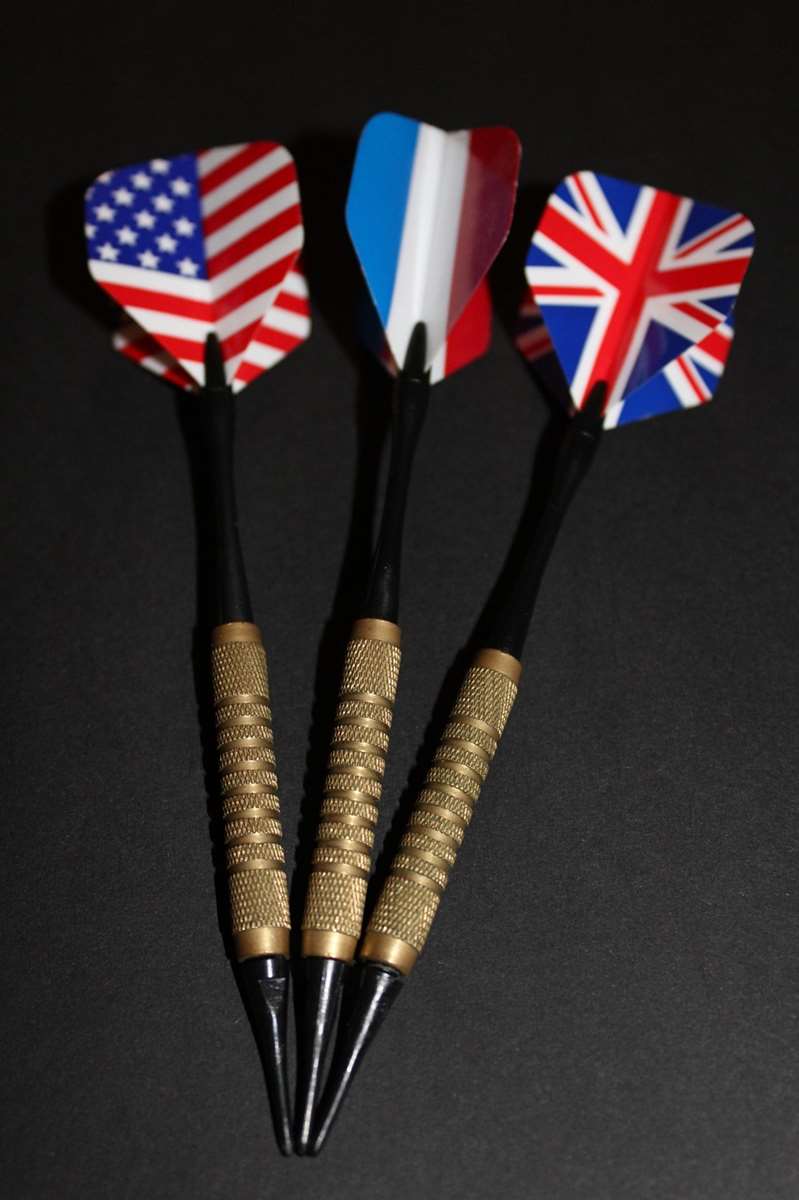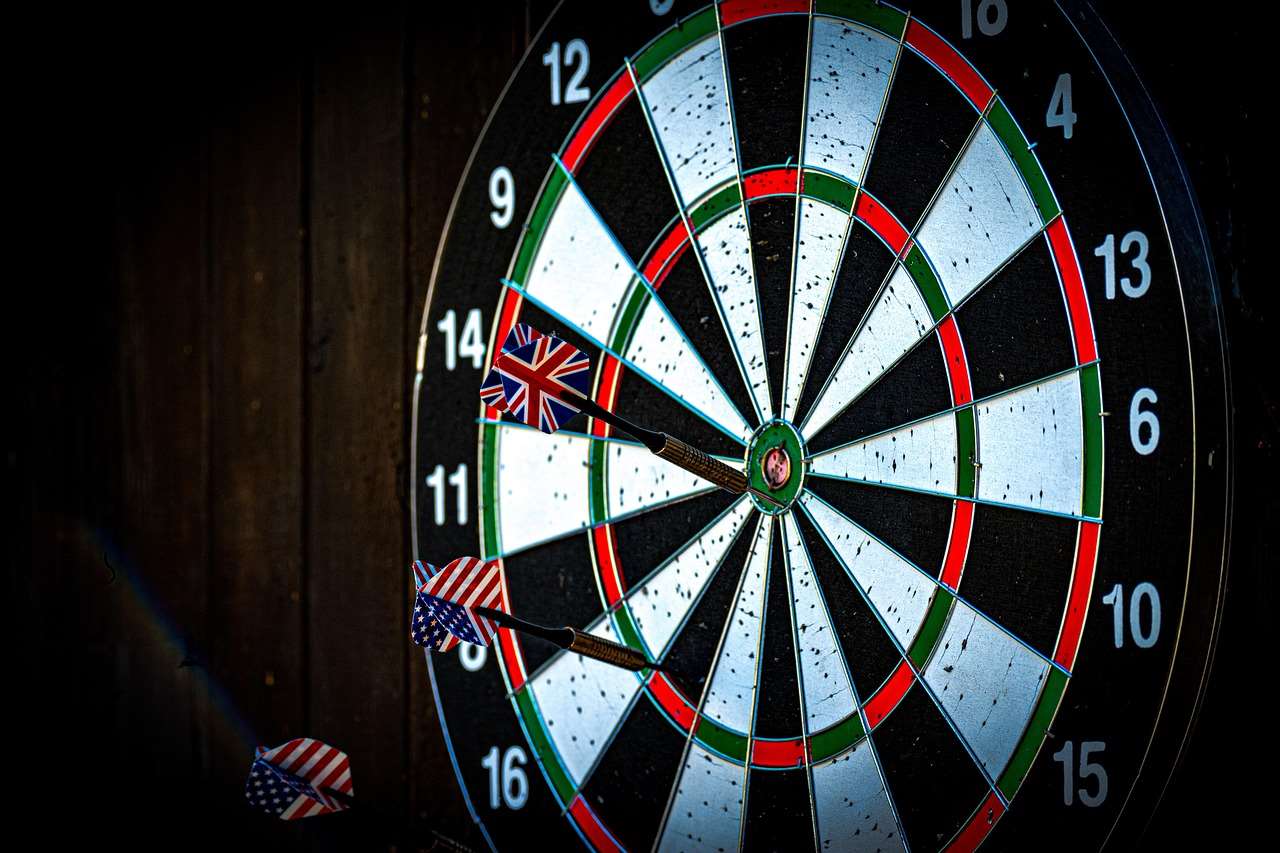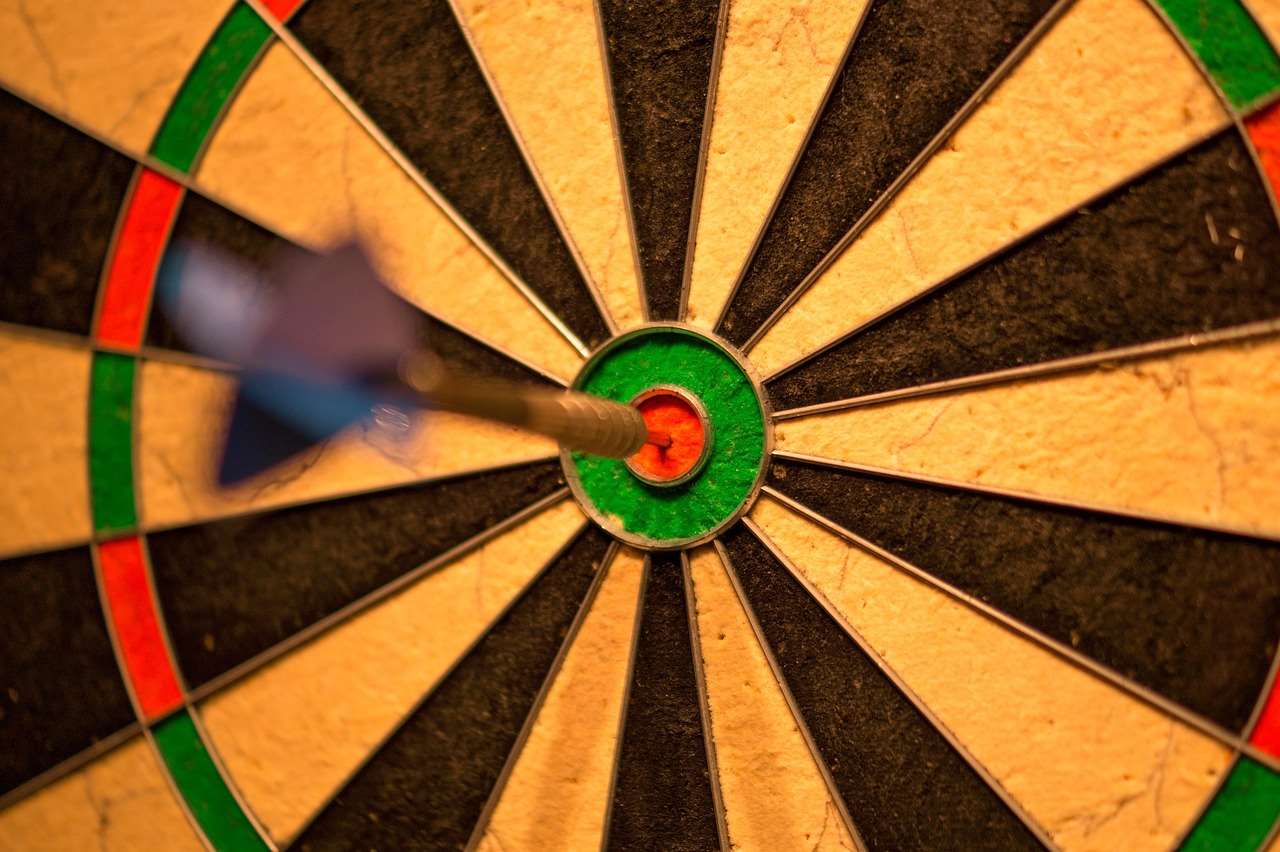The key to promoting darts to youth lies in highlighting its accessibility, strategic depth, and social aspects, transforming perceptions from a pub game to an engaging and rewarding sport. This article explores effective strategies for introducing darts to younger generations, covering everything from beginner-friendly equipment and training techniques to showcasing the exciting opportunities within the darts community. We will also discuss how youth darts leagues and school programs can provide structured learning environments to foster talent.
⚠️ Still Using Pen & Paper (Of een schoolbord)?! ⚠️
Stap in de toekomst! De Dart Teller -app behandelt alle scoren, stelt kassa voor, en volgt uw statistieken automatisch. It's easier than you think!
Probeer de Smart Dart Teller -app gratis!Klaar voor een upgrade? Klik hierboven!
Why Focus on Promoting Darts To Youth?
There are several compelling reasons why promoting darts to youth is a worthwhile endeavor. Firstly, it combats the misconception that darts is solely an adult pastime. Introducing the sport to young people broadens its appeal and ensures its longevity. Secondly, darts offers a unique blend of physical and mental skills. It improves hand-eye coordination, concentration, and strategic thinking – valuable assets for young individuals. Finally, darts provides a social environment where young people can connect, compete, and develop a sense of camaraderie.
By actively engaging young people in darts, we not only cultivate the next generation of players but also offer them a positive and enriching experience. This initiative also helps dispel negative stereotypes often associated with the game.

Making Darts Accessible and Appealing to Young People
The first step in promoting darts to youth is making the sport accessible and appealing. This involves addressing common barriers to entry and highlighting the aspects that resonate with young people.
Beginner-Friendly Equipment
Traditional dartboards and darts can sometimes be intimidating for beginners. Consider offering:
- Soft-tip darts: These are safer and ideal for younger children or beginners who are still developing their throwing technique. Soft-tip darts are often used with electronic dartboards, providing automatic scoring and game variations that can add an element of fun.
- Lightweight darts: Heavier darts can be difficult for young players to control. Opting for lighter darts can make throwing easier and more enjoyable.
- Adjustable dartboards: Dartboards with adjustable height settings ensure that players of all sizes can participate comfortably.
Creating Engaging Learning Environments
Traditional pubs may not be the most welcoming environments for young people. In plaats van, focus on:
- School programs: Introducing darts as part of physical education or extracurricular activities can expose a wider audience to the sport.
- Youth darts leagues: Creating dedicated leagues for young players provides a structured and competitive environment where they can develop their skills.
- Community centers: Offering darts programs at community centers makes the sport more accessible to families and individuals.
For an immersive experience, consider learning more about Darts Culture And Community Guide to foster a sense of community among young players.
Highlighting the Fun and Social Aspects
Emphasize the social benefits of darts and make it a fun and engaging activity:
- Game variations: Introduce different dart games like ‘Around the World’ or ‘Cricket’ to keep things interesting and cater to different skill levels.
- Team events: Organize team-based tournaments and events to promote collaboration and camaraderie.
- Music and entertainment: Create a lively and engaging atmosphere with music and other entertainment options.
Effective Training Techniques for Young Dart Players
Proper training is essential for young dart players to develop their skills and avoid bad habits. Here are some effective training techniques:
Focus on Fundamentals
Start with the basics:
- Stance: Teach proper stance techniques to ensure stability and balance.
- Grip: Explain different grip options and help players find a grip that feels comfortable and natural.
- Throwing motion: Break down the throwing motion into distinct steps and emphasize consistency and fluidity.

Practice Drills
Incorporate drills to improve accuracy and consistency:
- Target practice: Focus on hitting specific targets, such as the bullseye or treble 20.
- Repetition drills: Practice throwing multiple darts at the same target to build muscle memory.
- Scoring drills: Simulate game situations and practice scoring accurately.
Visual Aids and Feedback
Utilize visual aids and provide regular feedback:
- Video analysis: Record players’ throwing motions and analyze them to identify areas for improvement.
- Coaching sessions: Provide one-on-one coaching to address individual needs and challenges.
- Peer feedback: Encourage players to provide constructive feedback to each other.
Showcasing the Exciting Opportunities in the Darts World
Young people are often motivated by the potential for success and recognition. Promoting darts to youth requires highlighting the exciting opportunities available in the darts world.
Professional Darts Events
Expose young players to professional darts events:
- Attend tournaments: Organize trips to local or national darts tournaments to experience the excitement firsthand.
- Watch live broadcasts: Encourage players to watch professional darts matches on television or online to learn from the best.
- Meet professional players: Arrange opportunities for young players to meet and interact with professional dart players.

Scholarships and Sponsorships
Highlight the possibility of scholarships and sponsorships:
- Scholarship programs: Research and promote scholarship programs offered by darts organizations or sponsors.
- Sponsorship opportunities: Help young players develop their skills and build a profile that attracts potential sponsors.
Career Paths
Emphasize the potential career paths within the darts industry:
- Professional player: Aspiring to become a professional dart player is a realistic goal for talented and dedicated individuals.
- Coaching: Experienced players can become coaches and mentors, sharing their knowledge and skills with others.
- Event management: Individuals with organizational skills can pursue careers in darts event management.
The Role of Schools and Community Organizations
Schools and community organizations play a crucial role in promoting darts to youth. By incorporating darts into their programs and activities, they can reach a wider audience and provide a supportive environment for young players.
Integrating Darts into School Curriculum
Schools can integrate darts into the curriculum in various ways:
- Physical education: Darts can be included as a physical education activity, promoting hand-eye coordination and concentration.
- Extracurricular activities: Schools can offer darts clubs or teams as extracurricular activities.
- Math and science lessons: Darts can be used as a tool to teach math and science concepts, such as angles, trajectories, and probability.
Partnering with Local Darts Clubs
Schools and community organizations can partner with local darts clubs to provide expert instruction and resources:
- Coaching clinics: Local darts clubs can offer coaching clinics for students and teachers.
- Equipment donations: Darts clubs can donate equipment to schools and community organizations.
- Tournament support: Darts clubs can help organize and support darts tournaments for young players.

Addressing Common Concerns and Misconceptions
Addressing common concerns and misconceptions is essential for gaining broader acceptance of darts as a youth sport.
Safety Concerns
Address safety concerns by emphasizing:
- Proper supervision: Ensure that young players are always supervised by responsible adults.
- Safe equipment: Use soft-tip darts and dartboards with safety features.
- Clear rules and guidelines: Establish clear rules and guidelines for safe dart throwing.
Make sure to check out Atmosphere At Live Darts Matches for an insight into the exciting side of the sport.
Perception as a Pub Game
Counteract the perception of darts as solely a pub game by:
- Highlighting its athletic aspects: Emphasize the physical and mental skills required to excel in darts.
- Showcasing its competitive nature: Promote darts as a competitive sport with opportunities for advancement.
- Emphasizing its social benefits: Highlight the social and community aspects of darts.
Cost Concerns
Address cost concerns by:
- Offering affordable equipment options: Provide access to affordable dart sets and dartboards.
- Seeking sponsorships and grants: Look for sponsorships and grants to help offset the cost of equipment and training.
- Organizing fundraising events: Host fundraising events to support youth darts programs.

Measuring Success and Sustaining Engagement
Measuring success and sustaining engagement are crucial for the long-term viability of promoting darts to youth initiatives.
Tracking Participation Rates
Monitor participation rates to assess the reach and impact of your programs:
- Track enrollment numbers: Keep track of the number of young people participating in darts programs and activities.
- Monitor attendance rates: Monitor attendance rates to identify any trends or patterns.
- Collect feedback from participants: Gather feedback from young players to understand their experiences and identify areas for improvement.
Celebrating Achievements
Recognize and celebrate the achievements of young dart players:
- Awards ceremonies: Host awards ceremonies to recognize outstanding performance and dedication.
- Public recognition: Publicly acknowledge the achievements of young players in local media and online platforms.
- Scholarship opportunities: Provide scholarship opportunities to support the continued development of talented players.
Continuous Improvement
Continuously improve your programs and strategies based on feedback and data:
- Regular evaluations: Conduct regular evaluations of your programs to identify strengths and weaknesses.
- Feedback mechanisms: Establish clear feedback mechanisms to gather input from participants, parents, and coaches.
- Adaptability: Be willing to adapt your programs and strategies based on feedback and changing needs.
Conclusie
Promoting darts to youth is an investment in the future of the sport and a valuable opportunity to enrich the lives of young people. By making darts accessible, engaging, and rewarding, we can cultivate a new generation of players who appreciate its strategic depth, social benefits, and opportunities for personal growth. Embrace these strategies, address concerns proactively, and watch as darts flourishes among the youth, creating a vibrant and sustainable community for years to come. Encourage the young people in your life to pick up a dart and discover the excitement this sport has to offer! Now is the time to join a local darts club and experience this vibrant community firsthand.
Hoi, Ik ben Dieter, En ik heb Dartcounter gemaakt (Dartcounterapp.com). Mijn motivatie was geen darts -expert - helemaal tegenovergestelde! Toen ik voor het eerst begon te spelen, Ik hield van het spel, maar vond het moeilijk en afleidend om nauwkeurige scores te houden en statistieken te volgen.
Ik dacht dat ik niet de enige kon zijn die hiermee worstelde. Dus, Ik besloot om een oplossing te bouwen: een eenvoudig te gebruiken applicatie die iedereen, Ongeacht hun ervaringsniveau, zou kunnen gebruiken om moeiteloos te scoren.
Mijn doel voor Dartcounter was eenvoudig: Laat de app de nummers afhandelen - het scoren, de gemiddelden, de statistieken, Zelfs checkout suggesties - zodat spelers puur kunnen richten op hun worp en genieten van het spel. Het begon als een manier om het probleem van mijn eigen beginners op te lossen, En ik ben heel blij dat het is uitgegroeid tot een nuttig hulpmiddel voor de bredere darts -community.